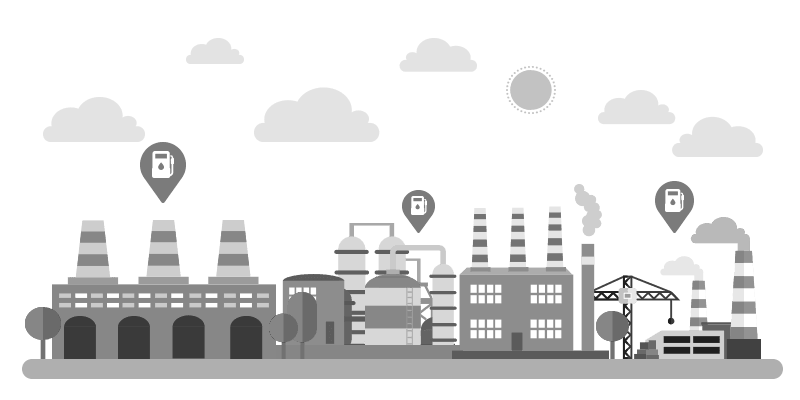
Early phases of the Internet included connecting people to static information and more recently, people to people. Over the next decade, the Internet will evolve to connect people to physical things and also physical things to other physical things …all in real time. It will become the Internet of Things: Billions of interconnected smart devices measuring, moving, and acting upon, sometimes independently, all the bits of data that make up daily life.
So what really is the Internet of Things? It is made up of physical objects (“things”) that have chips, sensors embedded in them that allow the sensing, capturing and communication of all types of data. These devices are then linked through both wired and wireless networks to the Internet. Advanced “things” have actuators embedded into them as well, giving them the capability to interact with other devices, computing systems and the external environment, including people.
If you look around you as you read this, you will see many physical objects that already have or could easily be embedded with a sensor in order to track some type of measurement or activity happening. Forecasts for how many objects will be sensor-enabled in the next five years run into the tens of billions. IDC has estimated that by 2020 there will be 30 billion internet-connected, sensor-enabled objects and another 182 billion that could easily be enabled.
The big game changer is that when all these physical objects can sense, analyze and interact on their own, it changes how and where decisions are made, and who makes them. The important thing to remember though is the embedded device by itself is not the game changer….it’s the combination of the applications, the people, and the processes around the “things”. The IT challenge is to design IoT-enabled systems and then help their teams learn how to leverage the information collected as a decision-making tool.
Internet of Things will impact business processes, change business models, and transform industries. It will also be big business. According to new research from International Data Corporation (IDC), the worldwide market for IoT solutions will grow from $1.9 trillion in 2013 to $7.1 trillion in 2020.
What types of changes in processes will the Internet of Things enable? Here are some examples:
- Wearable healthcare devices can monitor a patient’s blood pressure, heart rate and other metrics and transmit that data to a doctor anywhere in the world.
- Flow rates of water, oil and gas pipelines, no matter how remote, can be monitored and actions taken to reduce or cut off the flow.
- A homeowner can view his house on a web page or smartphone app, complete with the status of interior devices such as the security alarm, heating system and more.
- RFID tags on boxes of merchandise can track a box as it leaves the manufacturer and then all through the supply chain until purchased by the end user.
- Sensors embedded into roads measure traffic congestion and report that information to not only city crews, but the whole population via the Internet.
- Smart clothing, including a smart “onsie” for babies, is being developed.
- Sensors are increasingly being used by farmers to monitor irrigation and livestock in their fields.
- Thousands of video cameras are being deployed in large urban environments to monitor traffic and activity on city streets.
We can’t imagine the full potential of the Internet of Things today. It will go beyond even these examples, not just people interacting with objects, but objects interacting with each other, creating what might eventually become something of a global central nervous system.
Back to News Index


